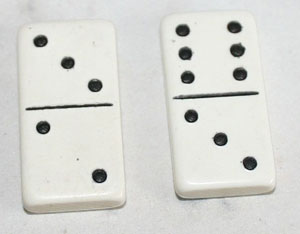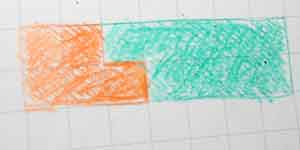Or search by topic
Number and algebra
Geometry and measure
Probability and statistics
Working mathematically
Advanced mathematics
For younger learners
Two Numbers Under the Microscope



Two Numbers Under the Microscope printable sheet

Choose any two odd numbers, such as 5 and 9. Add them together.
Draw a picture or make a model to show how the numbers add together.
Adam found some dominoes with 5 and 9 spots on them:

Sarai made a model using Multilink cubes:

Abdul drew a picture of 5 add 9 like this:

What do you notice about the answer?
Look closely at the models and pictures.
Can you see anything in any of them that would work in exactly the same way if you used two different odd numbers?
Can you use your one example to prove what will happen every time you add any two odd numbers?
See if you can explain this to someone else. Are they convinced by your argument?
Once you can convince someone else, see if you can find a way to show your argument. You might draw something or take a photo of things you have used to prove that your result is always true from your example.
You may also like
Let's Investigate Triangles
Vincent and Tara are making triangles with the class construction set. They have a pile of strips of different lengths. How many different triangles can they make?

